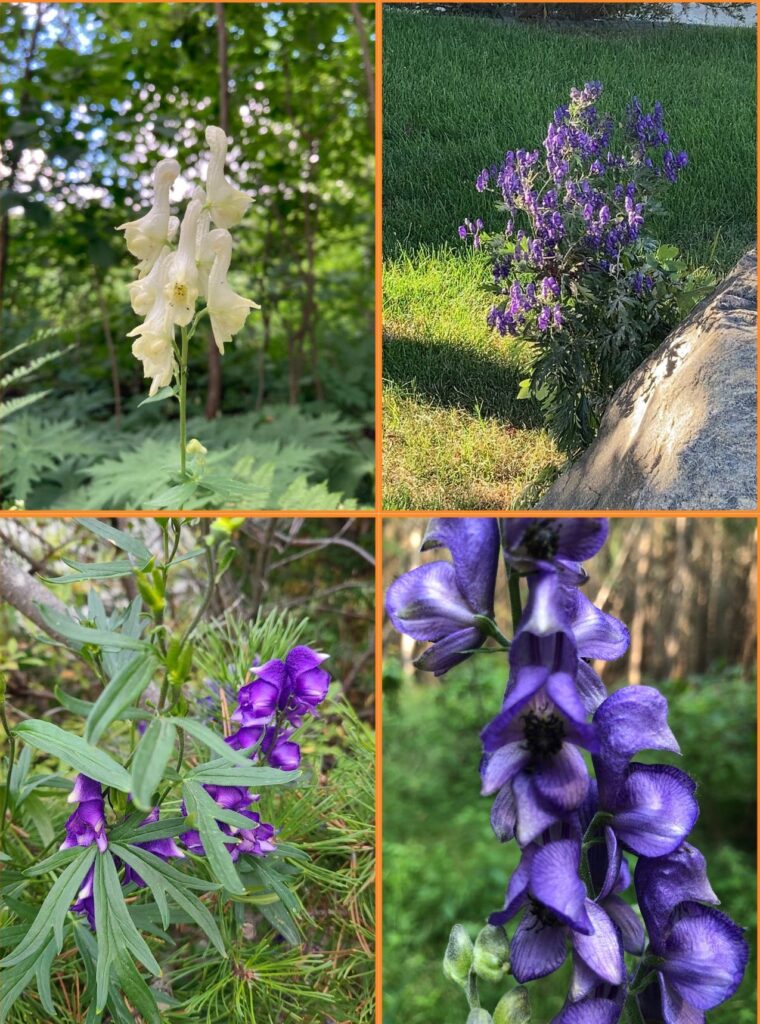
Fatal Flora Spotlight - Hydrangea and Wolfsbane
Canada has a broad catalogue of greenery across the nation. Many are as beautiful or plentiful as they are delicious or helpful, some of them can be dangerous and even deadly if eaten or even touched. We’re going to spotlight a few that you can find here and there so you know what to keep your fingers off of!
Previous installations:
If you have questions or concerns about exposure or ingestion of these, or any others, here is the number for PADIS (Poison and Drug Information Service) in Alberta only: 1-800-332-1414
If you are in a medical emergency always call 911 or head to your closest emergency department!
The following does not constitute as medical advice, only a general information and safety advisory and is as accurate as we can be with Google and without a botany degree.
Today we’re looking at Hydrangea and Wolfsbane.
Hydrangea
Hydrangea spp.
These ornamental shrubs are a genus of more than 70 species of flowering plants; mostly shrubs of 1-3 m tall, others small trees, with even some lianas (that’s a long stemmed herbaceous or woody vine) growing up to 30 m tall by climbing trees!
Appearance: Commonly, the leaves (7-15 cm long), are a shiny green above and lighter green below. Large clusters of white flowers grow in June or July and can be produced into late autumn. Flowers grow in ‘heads’ at the end of stems. Typically, these flowerheads contain small, non-showy flowers in the center and/or interior, surrounded with large, showy flowers often extended in a ring. Wild hydrangeas have fewer to none of these showy flowers.
Fun fact! The flowers of many hydrangea are natural pH indicators; blue flowers indicating acidic soil, pink for alkaline soil.

Colour: Cultivated flowers can range between pins, blues, purples, and whites, while wild hydrangea are more commonly white, white-yellow.
Poisonous Parts: Whole plant. All parts contain cyanogenic glycosides (basically stuff that can produce cyanide).
Symptoms:
Touch: Dermatitis or rash (rare cases, be sure to wash your hands if you have them in your garden)
Ingestion: Abdominal pain, nausea, vomiting, death.
Wolfsband or Monskhood
Anconitum
These herbaceous, perennial plants grow primarily in mountain meadows. Extremely poisonous, some cultivated species have featured in award winning gardens and more commonly: a deterrent for werewolves in pop-culture.
Appearance: Can grow to about 1.5 m high and flowers in late summer into early fall. Spikes of flowers grow straight up with glossy, dark green leaves arranged “like fingers on a hand.”
Flowers are distinguished by their “hood-like” appearance (earning the name monkshood).
Colour: Typical flowers are tones of blue-purple, with other common colours including shades of white, from green to yellow. Monkshood produces the darker flowers, while wolfsbane the lighter.
Poisonous Parts: Whole plant, particularly roots and seeds.

Symptoms:
Touch: Mild reactions such as headache, nausea, and heart palpitations to severe toxicity. Including paraesthesia, tingling and feelings of coldness in the face and extremities.
Ingestion: Restlessness, excess salivation, weakness, heartbeat irregularity, nausea, dizziness, anxiety, speech and vision impairment, death if sufficient quantities ingested. As little as 2 mg of aconite or 1 g of the plant may cause death.
